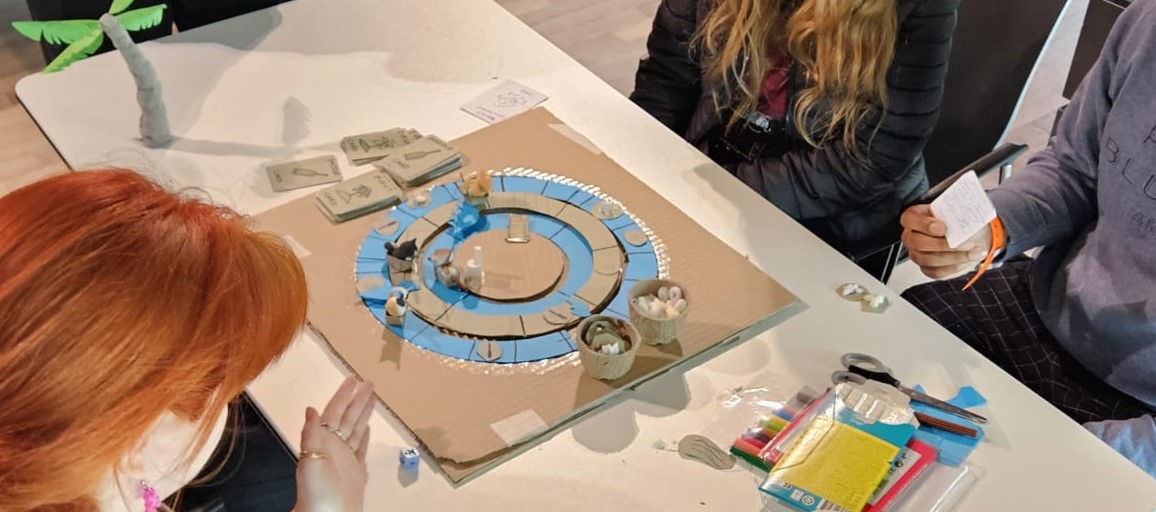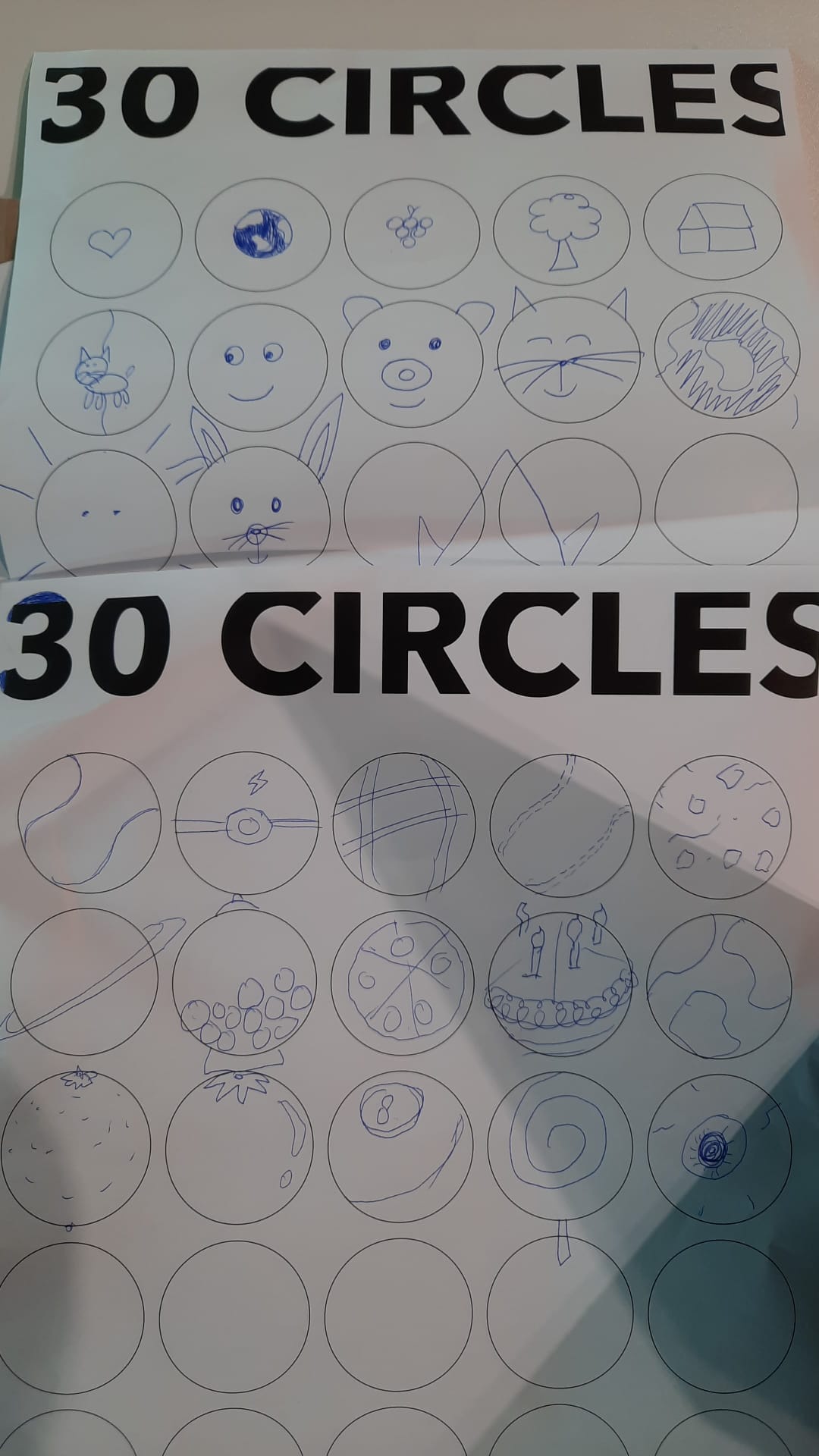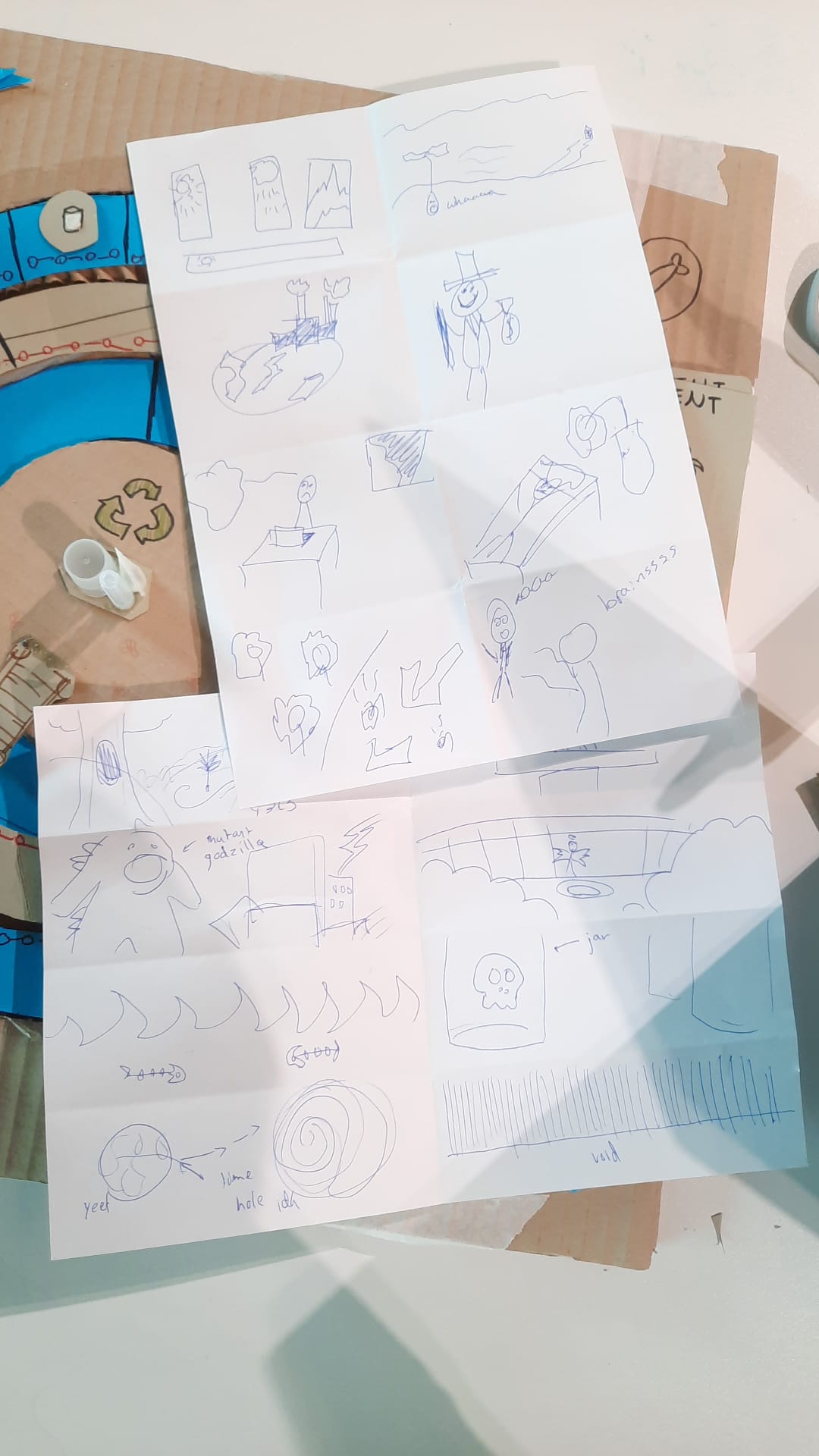Game Log 3: Imagine
Visual documentation Playtest:
Feedback:
We had a lot of improvements to make on game mechanics. Mainly because we had a lot of ideas we wanted to implement as to keep our game unique and captivating. The biggest roadblock in this was simply making a decision; we kept going back and forth about what mechanics to add or not. For example, we really wanted to add ''Character Cards'', that would include an unique card for each playable character with stats. These would for example make a specific character faster - and thus they could move an extra tile per turn. A good piece of feedback we'd received was to make it more provocative in the sense that players don't HAVE to be good (Which was our main goal). We tried incorporating that by making 1 out of 4 characters the ''evildoer'', someone that would get in the way of the ''good guys'' by purposefully throwing plastic waste into the sea. All very fun, but in the end, we decided to keep that in the back of our minds.
Reactions:
Of course, we did more playtesting -- this time with our peers as well. It was interesting to see what came to them naturally, or what parts were more vague in their experience. The playtesting done by our fellow peers made for a lot of constructive feedback that we eventually incorporated for the final pitch. This included the realisation that the ''currents'' of water that allow for a player to move to a second lane (deeper out into the sea), seemed way too vague. What direction do they go? That was not very obvious. Through playtesting we also discovered that the sheer volume of playable cards weren't very balanced. Our players grabbed cards that put them at a disadvantage right one after another -- and they couldn't even be implemented! They would ''lose their plastic waste'', when they had barely moved out of the Starting area.
Design Methods:

The methods we'd mainly used was Crazy 8 and Brainstorming especially. Crazy 8 was a nice exercise to wake up our brains and get it ready to brainstorm. Brainstorming was pretty much all we did; and sometimes too much of this at once was counter-productive. We would want to add more dynamics but often times they were pretty difficult to implement without breaking the game. Eventually we decided to sleep as the brainstorming wasn't going anywhere - and looking at it the next morning with a refreshed look did us great. We flowed quite naturally into a productive work flow during the rest of the day.
Games through Culture:
The cultural heritage we have turned to is simply memes -- cat memes to be specific. It sounds silly, but memes are a big part of (media) culture, especially for young people. Take the ''sad cat meme'' for example. Countless people grab that image and use it as a way to show how they feel or relate to it.
Games for Culture:
Our playtesters were rather positive, and we feel that the aesthetic of our game played a big role in that. The value we attached to our game was Rule of Law, and we portrayed that in a way where people can choose to not be ''law-abiding''. Instead, they can be a nuisance. At the same time, the idea was to also uphold the Law. For example by implementing a border patrol where boats pay taxes -- and the non law-abiding cat (a pirate) would pay double and thus be punished for not following the European value. Playtesters had a good time, and they gave us a great final piece of feedback that we implemented at the end. One specific player was the only one actually moving forward and collecting trash, to which another player expressed their wishes to somehow stop him from obtaining everything so easily. Our solution for that problem was to implement a ''fight'' system. If two players are on the same tile, the player whose turn it is at the moment can steal the other player's trash. They would have to roll for it and would be able (or unable) to steal it, depending on the roll.
CAT-a-strophic Climate
cats against plastic pollution
| Status | In development |
| Category | Physical game |
| Author | Qnicorn |
More posts
- Game Log 4: CreateApr 14, 2024
- Game Log 2: PlayApr 13, 2024
- Game Log 1: ExperienceApr 13, 2024